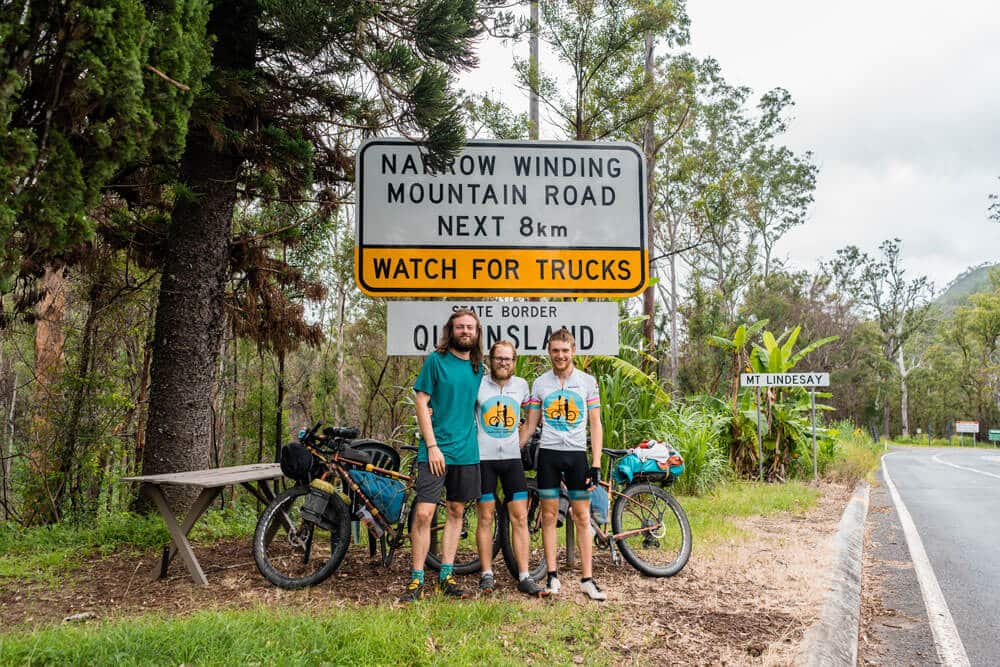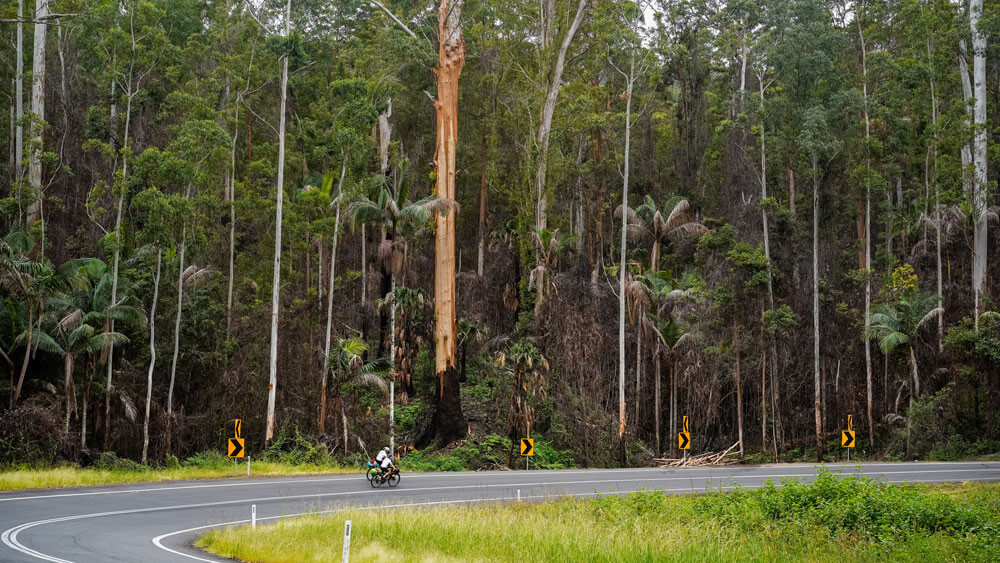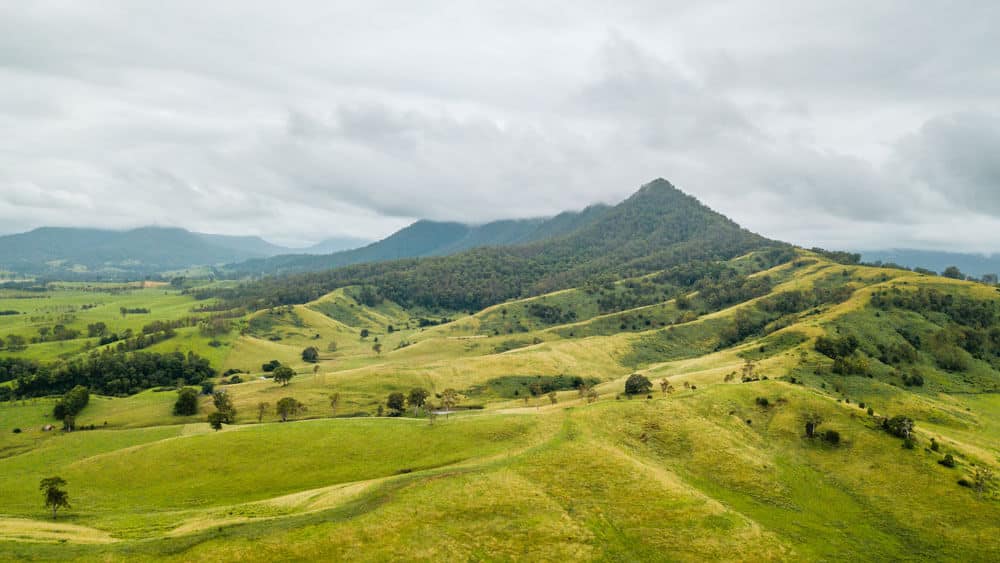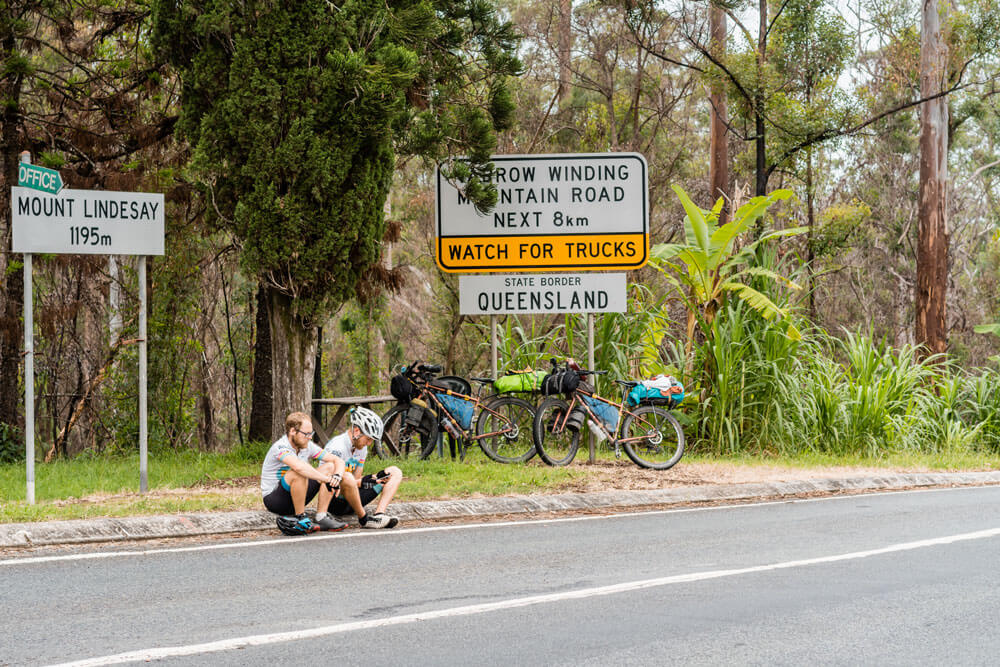Sign Up to Our Newsletter
Get all the latest Wilkinson Cameras news, offers, event infomation & more direct to your inbox.
The Great Australian Triathlon: An introduction
Jonathan Doyle - Photographer and Videographer for The GAT - What's in his kit bag?
Confidence was high as both cyclists had previously completed long cycle tours; Ben had ridden from London to Istanbul on one occasion, while Dan had ridden from the Italian Dolomites, across the Alps and back to the UK on another. Nothing could stop them, all they had to do was show up and ride each day, and the world first title was Ben’s. However, no amount of confidence, ability, or surprisingly excellent organisation could have foretold what we would have to overcome.
The plan was to follow the Bicentennial National Trail (BNT), the world’s longest unbroken multi-use trail. It was not the most direct route, nor the fastest, but it did offer a much more interesting and engaging journey through some of the most beautiful landscapes Australia has to offer. However, before they could reach the promised lands, Ben and Dan had to tackle some of the most difficult and demanding cycling of their lives. They were challenged with riding up and over innumerable mountains, covering thousands of metres of elevation. The descents were often just as brutal, which meant their progress was frequently reduced to a crawl.

The guys expected to cover anything from 80 to 120 km per day, which meant I’d need a car to keep up while filming. So, while the guys cycled north, I headed west to Melbourne to buy one. I spent a stressful week sorting out paperwork for the car while stuck in a tiny hostel room watching Ben’s tracker move further and further away. I did get a chance to check out Australia’s largest free music festival, and meet a fox while out photographing the city one night. I was also incredibly lucky to be sharing the hostel room with some lovely people, one of which ended up joining the expedition for a while as my driver and ‘stunt-coordinator’ (his words). Once I was eventually underway again, the filming was not dissimilar to the running section, only everything was much faster!
I am sure you all know that the fires in Australia this season have been some of the most widespread and catastrophic the country has seen in many years. For the several months preceding the start of The Great Australian Triathlon, Ben and I were not sure whether it would be able to go ahead. Even when we were in Tasmania, the fires were still raging on the mainland, it was all we could do to remain focussed on the task in hand and hope they would quickly die down.
As luck would have it, the fires did indeed dissipate during the kayaking section of the expedition and we were able to continue the journey. The fire damaged trails of the BNT however were closed; they were too dangerous to pass through, not because of the physical risk of fire, but due to the potential for falling trees, destroyed infrastructure and an uncertainty of the water supplies. This was a hard pill to swallow. It was hard not to feel disappointed, the dream of epic off-road cycling through regions of unparalleled beauty had all but gone up in smoke. It had been replaced by endless kilometres of tarmac and gravel roads trapesing across farmland, through pine plantations and far too many towns. Several weeks into the ride, we passed through the Snowy Valleys region of New South Wales, at which point our perspectives on our situation began to change.
When you see news stories of bushfires on the television, you see statements like ‘The Green Valley fire is now 233,000 hectares in size, and is moving to Mundaroo, Tumbarumba and Mannus’, you can appreciate that it is bad, but it’s impossible to grasp the scale of what is actually happening. It wasn’t until we passed through Tumbarumba that the reality began to dawn on us. I spoke with many of the locals and heard stories of apiculturists (bee keepers) loosing hundreds of hives and 50% of their business, farmers narrowly avoiding losing everything, and families being split by the path of the fire. We listened to the experiences of firefighters on the front line and sadly too many stories of homes being completely destroyed. Our journey took us through much of the burnt and destroyed landscape, the blackened skeletal remains was all that were left of the native eucalypt forests, pine plantations and fruit farms. The scale of the devastation was apocalyptic. Even after all of the stories and seeing the destruction for ourselves, it was still so difficult to imagine what it must have really felt like to have been there in the moment with the fires raging all around. Our perspective shifted overnight. It went from feelings of apathy and frustration, to those of empathy and gratitude. The difficulties we had faced so far during the journey paled in comparison compared to those the locals were experiencing; it was humbling, it was grounding. We were so grateful that we had missed the fires first-hand, and that we were still able to continue with the journey at all. But most of all we were grateful for the opportunities, connections and friendships that the change in route had created.

Throughout the following weeks, Ben and Dan constantly re-assessed the route with the goal to re-join the Bicentennial National Trail. However, after another 700 km of closed trails we reached Aberdeen, New South Wales (NSW), where received some disappointing news. The BNT trail coordinators for the rest of the state confirmed our worst fears; the next 800 km of the route were closed. After a mentally challenging day of access issues, road closures and diversions, Ben and Dan had had enough and proposed a radical change of plan. We abandoned the BNT, at least for NSW, and decided to cross the Great Dividing Range to the coast. Not an easy decision considering it would require a further 300 km of riding and over 3000 m of elevation through the Barrington Tops National Park rainforest to achieve very little northward progress.

On the 17th March, we had stopped for breakfast on the shore of the Macleay river when I received a message and link to an article: a community notice from the Northern Peninsula Area Regional Council saying that until further notice, the area north of the Jardine River in Queensland was closed to all non-essential people. That meant us. The area in question included the most northern point of mainland Australia and our finishing line. While we were concerned, we were still several thousand km, about two months of riding away. With the tiny amount of information we had, we decided to continue as planned since at that point, there had been little impact from the Covid-19 virus in Australia and we were still free to travel. Of course we spoke about the virus, everybody did, but it would be a lie if I said we didn’t bury our heads in the sand a little in the hope that it was just another product of media hyperbole and it would all just blow over as quickly as it began.
The 23rd of March was the day everything changed. The entire of Cape York, the top 1000 km of Australia had been closed, and the Queensland border would soon follow suit. Everything had changed so quickly; we were in a state of shock. We spent a few hours calling home, discussing, procrastinating, just trying to avoid making the final decision we knew we had to make. In the end it happened. At length we booked flights back to the UK. The following day the guys cycled the last 40 km over the border into Queensland, the fifth and final state of the journey and the finish line of The Great Australian Triathlon, some 3000 km premature. The expedition was over.

Two weeks of quarantine have passed since our swift exit from Australia, and the reality of the situation is finally beginning to sink in. Journeys are inherently full of risk and uncertainty, you can plan and prepare as much as you can, but in the end, you really have no idea what will actually happen. I think that’s why we are drawn to them, it’s the excitement of the unknown and the thrill of adventure that captures our imagination and pulls us out time and time again. Okay, so The Great Australian Triathlon didn’t win us a world-first title, but for me it was still a success. We got to delve deep into areas of the Australian wilderness we did not even know existed, we had to test our mental and physical resilience to overcome a multitude of challenges we faced, and we met so many interesting people who provided us with a completely different perspective on life in Australia. Adventure isn’t about titles and accolades - for me, it’s about creating connections; with my team, with the environment and with the people we meet along the way. I feel we achieved this and so much more and I am truly grateful for the time spent with Ben and the team. Now, who’s ready for the next adventure?
There is currently a documentary film about The Great Australian Triathlon in the making, but if you can’t wait for that, there are a series of blogs and vlogs on our website and Facebook page to check out. Just search for ‘The Great Australian Triathlon’ online to find them.
Get all the latest Wilkinson Cameras news, offers, event infomation & more direct to your inbox.
